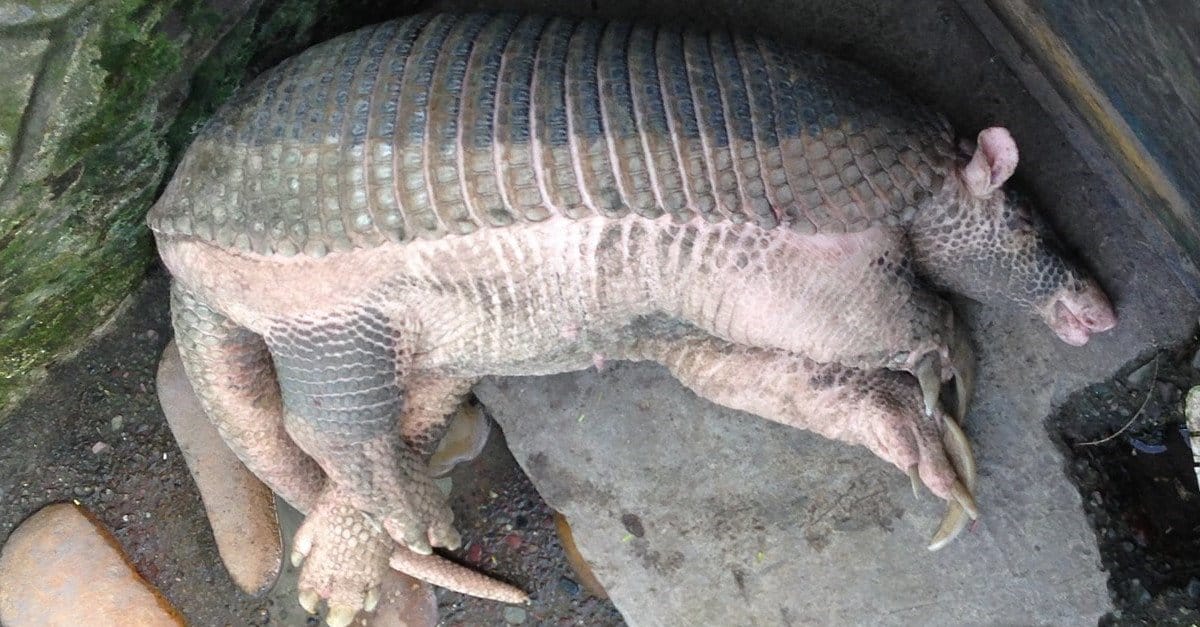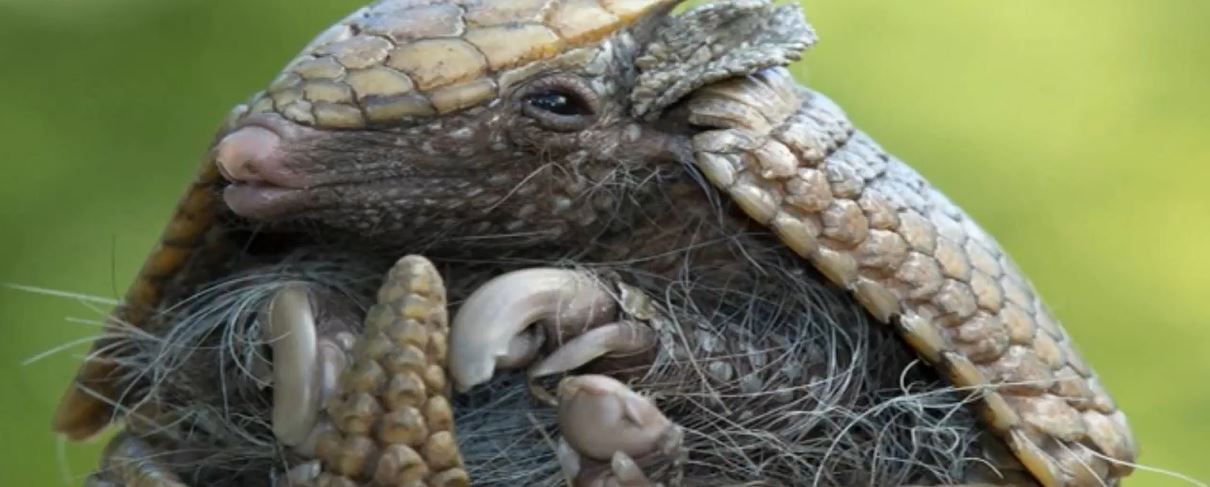
However, it was not until the early 1850s that nine-banded armadillos managed to enter the United States from Mexico by crossing over the Rio Grande River into Texas this crossing was likely facilitated by man-made bridges and roads. The species originated in South America and remained confined to South America until the continents of North and South America were bridged together by the formation of the Isthmus of Panama approximately 2.5 million years ago. History: Aside from the 20 other species of armadillos in the world (all of which can be found in South America), the nine-banded armadillo's closest living relatives are sloths and anteaters. A nine-banded armadillo probing for food.

As a means of defense when threatened, armadillos are capable of making an impressive 3–4 foot vertical leap into the air unfortunately, this means they often leap into the path of an oncoming vehicle.įigure 2. Natural predators include bobcats, coyotes, and black bears however, other causes of mortality include automobile collisions and some hunting by humans. They maintain relatively low body temperatures (5℉ lower than most mammals) and low metabolic rates (50% lower than other mammals of relative size). They are primarily nocturnal animals but when the weather is cold they may only be active during the heat of the day. Nine-banded armadillos have no front teeth but 28–32 teeth in rows in the backs of their mouths. They are known to supplement their diets with fungi, fruits, tubers, seeds, the young of small mammals, and the eggs and young of ground-nesting species of birds, reptiles, and amphibians. They forage for grubs, beetles, worms, and ants by digging shallow holes with their clawed feet and probing the soil with their long snouts. Nine-banded armadillos are insectivores that use their keen sense of smell to locate their food as their eyesight is notably poor. An individual will excavate and maintain an average of ten underground burrows within its home range. Nine-banded armadillos are excellent diggers and live in underground burrows up to 7 ft. Their undersides are soft, unarmored, and loosely covered with course hair.

#ARMADILLO PREDATORS SKIN#
Their protective armor is segmented and made up of ossified dermal scutes (plates of hardened skin) connected by elastic skin underneath, making them surprisingly flexible. Nine-banded armadillos are unlikely to travel more than half a mile from where they are born.īiology and Behavior: Nine-banded armadillos rarely socialize outside of the breeding season. Summer home ranges average 15–20 acres, whereas winter home ranges average 2–8 acres. Lifespan: 8–12 years in the wild some captive animals have lived >20 years.ĭispersal and Home Range: Males and females have similar home range sizes that vary by season.
:max_bytes(150000):strip_icc()/side-view-of-a-screaming-hairy-armadillo-1160888215-f1b093e85db74f8ea36f56eac2a9be04.jpg)
Gestation is typically four months long, but they exhibit delayed embryonic implantation, where they breed in the summer but do not give birth until the spring. Weight: Average of 6–12 lbs, but can weigh as much as 20 lbs! Adults have a combined head and body length of 15–17 inches Physical Description: A medium-sized mammal with hard, grayish-brown armor that covers its back, sides, legs, tail, and head. Prefer dense shaded cover and easy-to-excavate sandy soils. Habitat: All habitats, including urban areas.

Habitat: grassland, oak hammock, wetland, flatwoods, scrub Adult nine-banded armadillo notice large claws and ears.


 0 kommentar(er)
0 kommentar(er)
